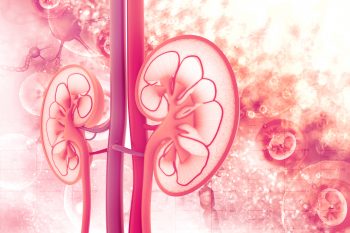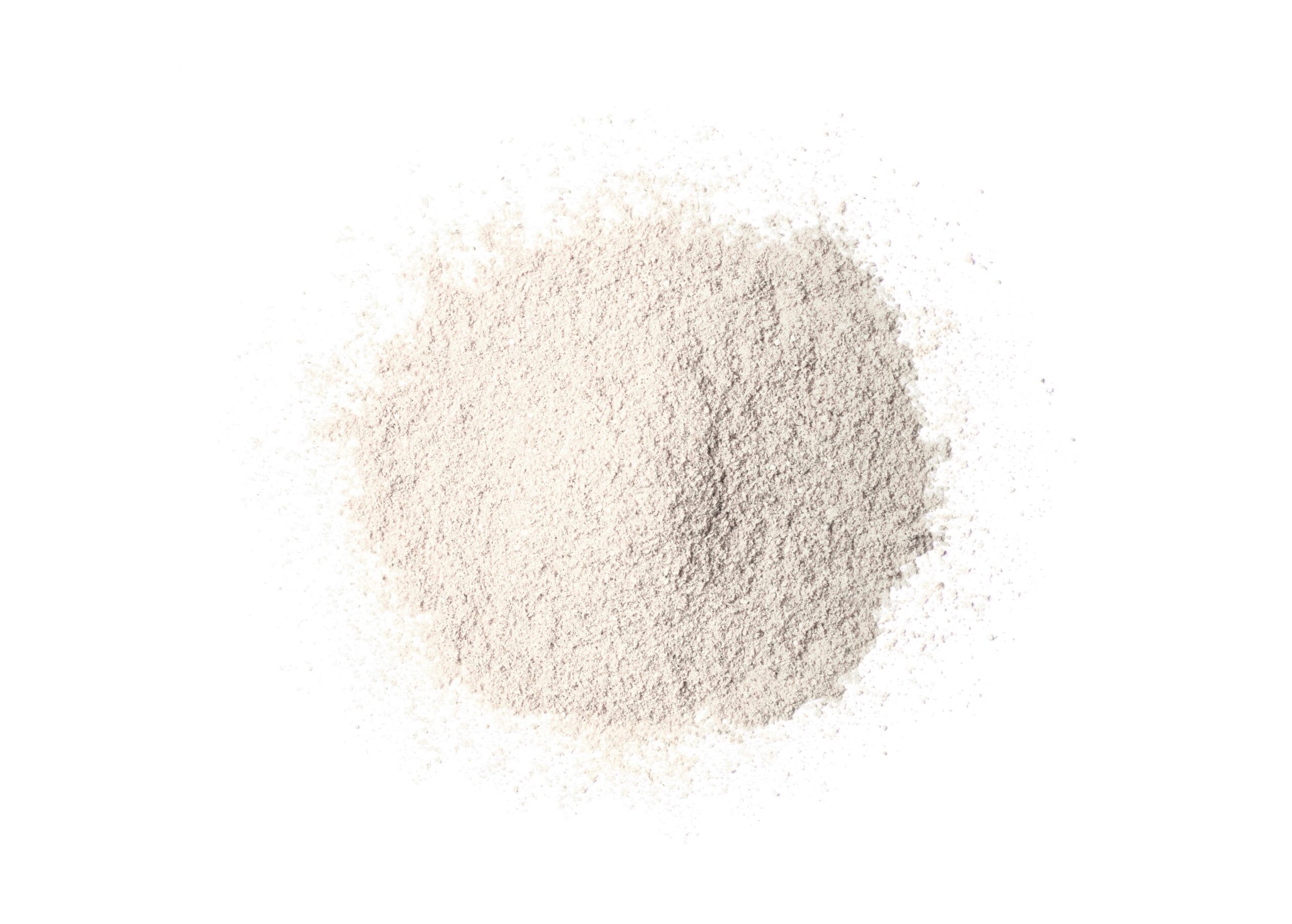
During a poster session at the National Kidney Foundation Spring Clinical Meetings 2023, Jamie P. Dwyer, MD, and colleagues reported results of a real-world study designed to examine the impact of sodium zirconium cyclosilicate (SZC) therapy on 3-month medical costs in patients receiving renin-angiotensin-aldosterone system inhibitors (RAASi) prior to a diagnosis of hyperkalemia or dispensed SZC fill. The poster was titled Impact of Sodium Zirconium Cyclosilicate Plus Renin-Angiotensin-Aldosterone System Inhibitor Therapy on Short-term Medical Costs in Hyperkalemia: OPTIMIZE II Study.
A large US commercial claims database was used to retrospectively identify patients in the OPTIMIZE II study ≥18 years of age who were dispensed SZC ≥60-day supply and continued RAASi between July 2019 and December 2021. Eligible patients had continuous insurance coverage 6 months before (baseline) and 3 months after (follow-up) the index SZC fill.
Eligible patients (SZC cohort) were 1:1 exact and propensity-score matched on baseline variables with patients who did not receive SZC and discontinued RAASi following diagnosis of hyperkalemia (non-SZC cohort). The primary outcome of interest was medical costs related to hyperkalemia (any setting and diagnosis position) to payers over 3 months. The researchers also analyzed all-cause medical and pharmacy costs.
Each cohort included 467 matched patients. Mean hyperkalemia-related and all-cause medical costs were reduced by $2216 (P=.01) and $6102 (P<.001) per patient, respectively, in the SZC cohort versus the non-SZC cohort. There were also significant reductions in hyperkalemia-related and all-cause inpatient costs and all-cause emergency department costs in the SZC cohort versus the non-SZC cohort. In the SCZ cohort, the reduction in all-cause medical cost offset an increase in all-cause pharmacy cost (mean increase, $3118 per patient; P<.001).
In conclusion, the authors said, “SZC with continued RAASi therapy was associated with reduced hyperkalemia-related and all-cause medical costs compared with no SZC therapy and RAASi discontinuation after hyperkalemia diagnosis. This suggests potential medical cost savings by adding SZC to maintain RAASi.”
Source: Dwyer JP, Agiro A, Desai P, Oluwatosin Y. Impact of sodium zirconium cyclosilicate plus renin-angiotensin-aldosterone system inhibitor therapy on short-term medical costs in hyperkalemia: OPTIMIZE II study. Poster #284. Abstract of a poster presented at the National Kidney Foundation Spring Clinical Meetings 2023; April 11-15, 2023; Austin, Texas. Support for the analysis was provided by AstraZeneca.







 © 2025 Mashup Media, LLC, a Formedics Property. All Rights Reserved.
© 2025 Mashup Media, LLC, a Formedics Property. All Rights Reserved.